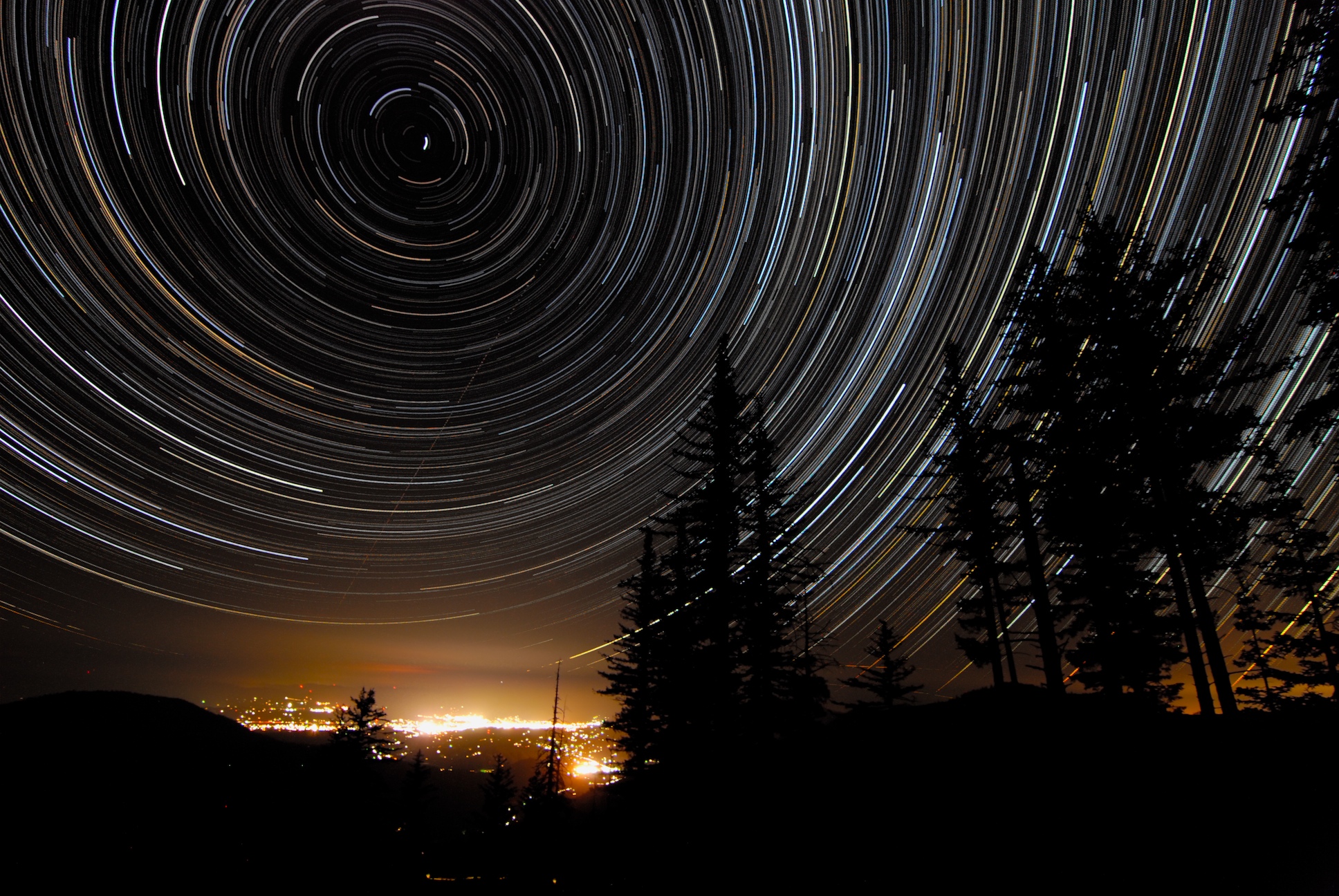eQuizShow
Moon Phases/Seasons
Rotation/Revolution
Question: When an object goes around another object.
Answer: Revolution
Question: When an object spins on its axis.
Answer: Rotation
Question: The length of one Earth rotation.
Answer: 24 Hours
- OR -
1 Day
Question: The length of time it takes the Earth to make one revolution.
Answer: 365.25 Days
- OR -
1 Year
Question: Why does the moon appear to move across the sky?
Answer: The moon appears to move across the sky because the Earth rotates making everything in the sky appear to move from the eastern sky to the western sky.
Moon Phases 1
Question: What moon phase would the moon be in this picture:

Answer: New Moon
Question: How long does it take for the moon to go from a full moon to a new moon?
Answer: Approximately 14 days.
Question: If you see a first quarter moon today, what moon phase will you see in one week?
Answer: Full Moon
Question: Why do we see different phases of the moon?
Answer: We have different moon phases because as the moon orbits the earth we see different amounts of illuminated moon.
A full moon is when we see a fully illuminated moon.
A first quarter is when we see half of the moon illuminated (on the right side).
A waning crescent is when we see less than half of the moon illuminated (on the l
Question: A lunar eclipse is when...
Answer: A lunar eclipse is when the Earth's shadow is cast upon the moon.
((When you watch a lunar eclipse occur you get to see the earth's shadow cover up a full moon))

Moon Phases 2
Question: Where does the light you see on the moon come from?
Answer: The sun.
The sun shines on the moon and we see the light that is reflected off of the moon.
Question: What is a satellite?
Answer: Any object in orbit or revolving around another object.
Examples:
- Our Moon
- Communication Satellites
- Weather Satellites
- International Space Station
- Earth is a Satellite of the Sun
Question: How many days does it take for the moon to go from New moon all the way back to a New Moon?
Answer: Approximately 28 days.
Question: A solar eclipse is when...
Answer: A solar eclipse is when the moon blocks sunlight from reaching a portion of the Earth.

Question: When you watch the night sky for hours at a time what would you notice?
Answer: All of the stars at night appear to move except one, the North Star (Polaris). The north pole points out into the night sky and it happens to be pointed directly at Polaris.

Seasons 1
Question: Why does it get warmer in the summer time?
Answer: The tilt of the Earth causes:
- The sunlight in the summer is more direct than it is during winter.
- The amount of daylight also increases during summer (longer days)
Question: Why do the northern and southern hemispheres ALWAYS have opposite seasons?
Answer: The tilt of the Earth's axis causes one hemisphere to have more direct light and the other hemisphere to have indirect light.
Question: What is the difference between direct and indirect sunlight?
Answer: Direct sunlight is when the sun is shining straight down on the surface of the Earth.
Indirect sunlight is when the sun is shining at an angle on the surface of the Earth.
Question: What is an Equinox?
Answer: It happens twice a year, once in spring and once in the fall. It happens to be when everyone on Earth receives an equal amount of day and night.
September 21st is the Fall Equinox
March 21st is the Spring Equinox
Question: What is the tilt of the Earth?
Answer: 23.5 degrees
Seasons 2
Question: What month would Utah have the greatest amount of daylight?
Answer: June
Question: How many months from the Winter Solstice to the Spring Equinox?
Answer: 3 Months
Question: During what month do you have the longest shadows (at noon).
Answer: December
Question: In this picture what season is it in the northern hemisphere at position "B" ?

Answer: Postion B is winter in the northern hemisphere (the axis is tilted away from the sun and therefore winter).
Question: In this picture what season is it in the northern hemisphere at position "A" ?

Answer: Postion A is Fall in the northern hemisphere (the axis is tilted to the side of the sun and when you look at the orbit position A is directly after postion D - Summer).



